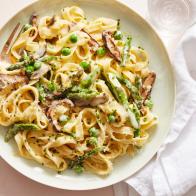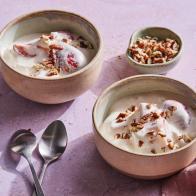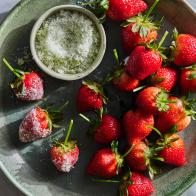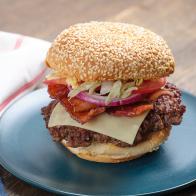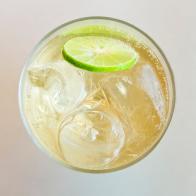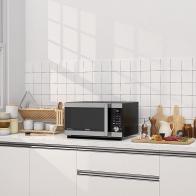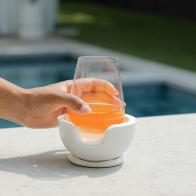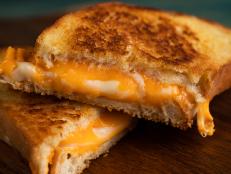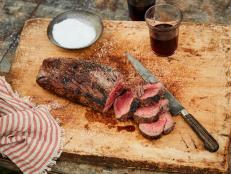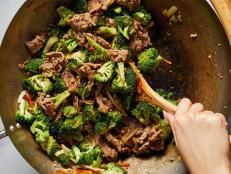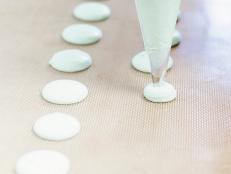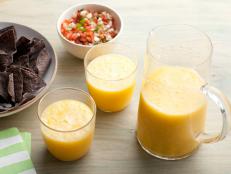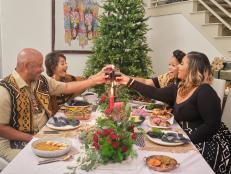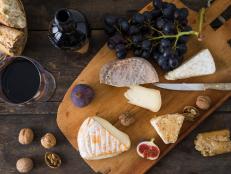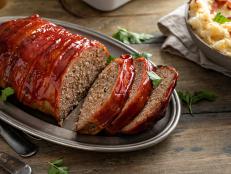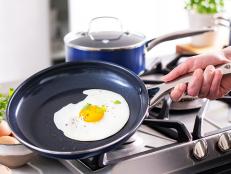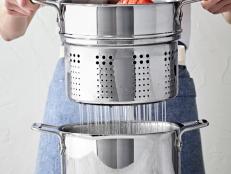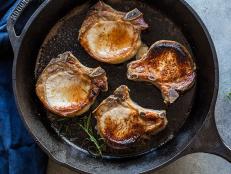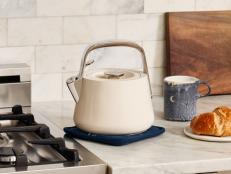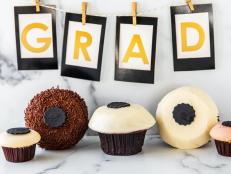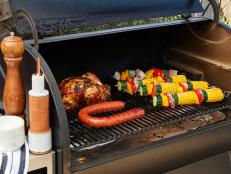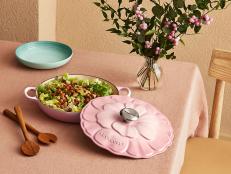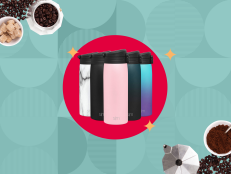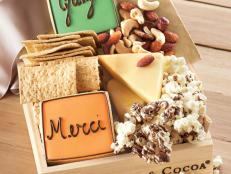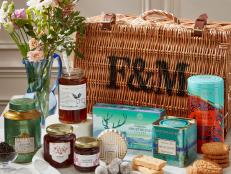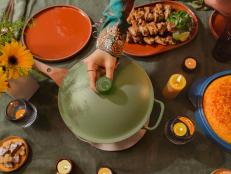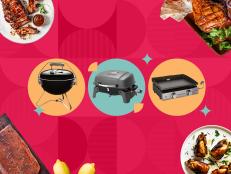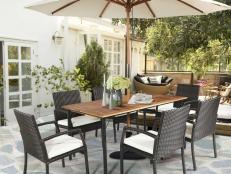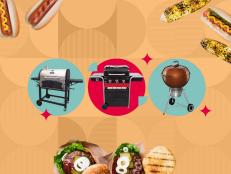The Secret to Grilling the Perfect Steak: Lava

Courtesy of Sam Bompas, Courtesy of Sam Bompas
When you've cooked steak using lightning ( verdict: "tasted good though a little metallic"), built walk-in gin and tonic clouds (one blogger called them a " drunkard's dream"), turned the roof of a high-end London department store into a boating lake with a waterfall and a "float-up bar," and pushed jelly way, way past its previous limits, what do you do for an encore?
If you're Sam Bompas and Harry Parr, you make a meaty meal over 2,100 degree F molten rock. In June, London-based Bompas & Parr, who describe themselves as " Jellymongers and Architectural Foodsmiths," traveled to upstate New York to team up with Syracuse University art professor and lava expert Robert Wysocki to "see what happens when super-heated liquid rock meets an icy crevasse and a 10-oz rib eye" — and recorded and consumed the results.

Courtesy of Sam Bompas, Courtesy of Sam Bompas
It was "by far" the team's "greatest culinary adventure so far," Bompas told FN Dish, adding that the lava-seared rib eye was "the best" steak he'd ever eaten. Video footage of the lava cookout shows an ear of corn getting sucked into the lava and meeting a fiery premature end, and the extreme heat almost claimed Bompas' camera lens as well.
Fortunately, Bompas' sense of wonder survived intact — so FN Dish discovered when he agreed to take a few of our questions via email:
What on earth gave you the idea of using lava to grill steak and corn?
Sam Bompas: The inception of this project came when I visited Sakurajima, an active composite volcano (stratovolcano) in Japan. After climbing across the safety barriers I was able to use lava to cook lunch. This gave me goose bumps. The intensity of the experience meant that on returning to the U.K. I immediately sat down with Harry Parr to plot. We wanted to see if there was a way to create synthetic lava so a wider audience could experience the wonders of food cooked this way; professor Robert Wysocki's work held the key.
What were the project's biggest challenges and how did you overcome them?
SB: There are considerable risks involved in cooking with lava (it is at 1,350 degrees C) and all precautions were taken. We wore custom-made protective clothing — leather gauntlets, jerkins and aprons are used, as the smell of burning leather provides an unparalleled early warning system. When the leather starts to smell like burnt pork, it's time to step away from the grill!
SB: Harry Parr was doing the cooking though professor Robert Wysocki and his team were wrangling the lava flow from the 5-ton [11,000 lb.] furnace ... [He used] extra-long tongs.
What was the scariest moment? And what was the most amazing?
SB: For me (I was doing the photos) the scariest moment was when my lens protector started melting because of the intense heat. I backed away from the furnace pretty quickly. And the most amazing was eating the steak. It tasted good and was totally satisfying.
SB: Next time we would like to open the event out to the public, hosting a grand feast for 500 that everyone can come to. When the cooking's done we'll be using the molten rock to heat hot tubs for postprandial bathing. It looks apocalyptic when the lava hits the water, but if you calculate the volumes right you can hit the perfect temperature for gourmet lava bathing!

Courtesy of Sam Bompas, Courtesy of Sam Bompas
Sounds like a real blast.
